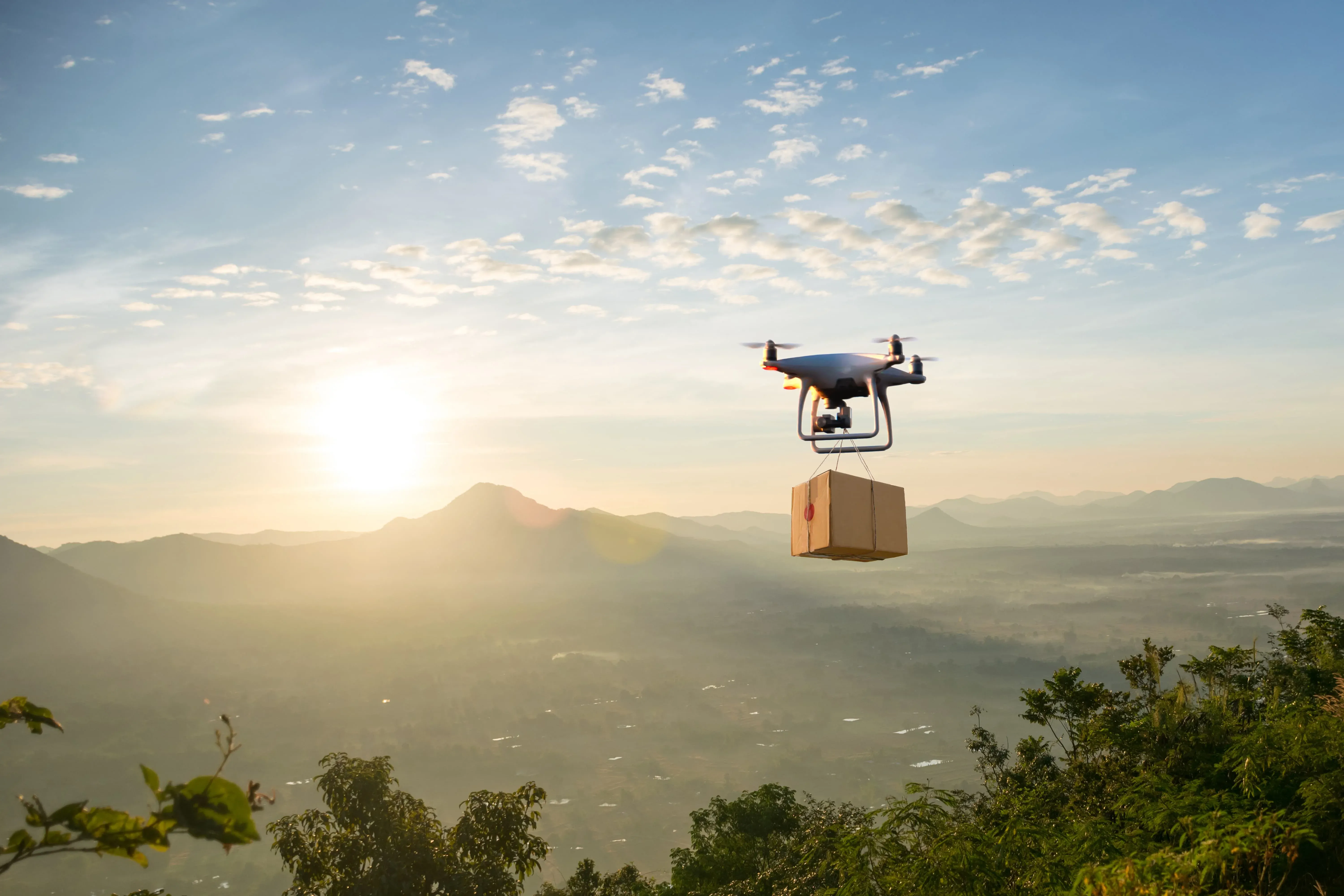
Logistics Automation: Where Military and Commercial Applications Converge
Logistics, Distribution, Data & AnalyticsTo combat labor shortages in the transportation market, much of the world is investing in automated processes. For the U.S. military, logistics automation will be necessary in contested environments where near-peer adversaries target our logistics capabilities.
Automation Opportunities
The commercial industry is developing logistics automation technologies rapidly, such as self-driving trucks, autonomous cargo aircraft, and material handling equipment, with most taking a crawl, walk, run approach by introducing iterative forms with a long-term path toward full autonomy. In the air cargo market, due to the pilot shortage, is first deploying aircraft with simplified operations that still require a pilot, then remotely monitored or piloted aircraft, and eventually fully autonomous aircraft. During LMI’s assessment of the automated cargo aircraft market for the National Aeronautics and Space Administration (NASA) in 2021, we found that the air cargo market (rather than the air passenger market) will drive automation, requiring significant time to build public trust.
In as little as 10 years, a single pilot will remotely operate numerous regional cargo aircraft, enabling significant increases in aircraft utilization. The future will include remotely piloted vertical takeoff and landing aircraft delivering cargo from airports and distribution centers outside of major U.S. cities to city centers, avoiding congested roads and increasing the velocity of cargo shipments, particularly for high-value, time-sensitive, and security-sensitive operations. These same use cases can apply to a military setting, especially in a contested logistics environment, removing the human pilot while delivering significant supplies to ships, forward operating bases, and other contested areas.
Although it may be hard to imagine automation ever replacing pilots, positive train control (PTC) has already shown what automation can do for our nation’s railways, with a suite of technologies, such as GPS, sensors, signals, and other communication technologies automatically stopping trains before accident-related human errors occur. The implementation and successful safety performance of PTC is driving a national discussion on whether trains can be crewed by one person instead of two.
While many experts agree that fully autonomous vehicles are years from deployment on a large scale, some forms of automation have near-term opportunities. The freight market offers one example in a technology known as platooning, which can help offset driver shortages. Under platooning, the physical driver operates the lead truck and the other trucks in the platoon operate according to the lead truck’s actions. A driver’s productivity is limited by hours-of-service rules. Drivers joining platoons could rest for a significant distance, keeping the freight moving while saving valuable hours of service. The U.S. military is assessing and testing platooning technology to link convoy supply vehicles together with a single driver.
Logistics Automation Center of Excellence
Logistics automation technologies can enable efficiencies, enhance safety, and mitigate risk against worker shortages, particularly in the transportation industry where individuals, such as drivers, pilots, and mariners, face long periods away from home. Meanwhile, the U.S. military is pursuing the same technologies to support its warfighting capabilities. This movement offers the Department of Defense (DoD), Department of Transportation (DOT), and NASA an opportunity to establish a joint center of excellence, similar in scope to the newly established joint General Services Administration and DoD Center of Excellence for artificial intelligence, to accelerate and expand the adoption of logistics automation technologies across the government and industry.
A Logistics Automation Center of Excellence would have the following benefits:
- Prevent duplication of research, development, and testing efforts, saving taxpayer dollars.
- Share best practices across the greater logistics automation community.
- Develop communication, safety, and operating standards jointly across all modes of transportation and logistics automation technologies.
DoD, DOT, and NASA missions are converging in several transportation areas outside of logistics automation, which could expand the scope of a center of excellence. For example, LMI’s future-focused research study for NASA is assessing the market and traffic management requirements for Upper Class E airspace. Some of the many use cases in this airspace, for military and commercial applications, include hypersonic missiles, supersonic and hypersonic passenger aircraft, and telecommunication platforms. As this airspace grows and matures over the next several years, it offers another chance for greater coordination across the government in the transportation space.
If you have a perspective on what automation means for the future of logistics and how the government can spur greater acceleration and adoption, please email Jared Andrews.


